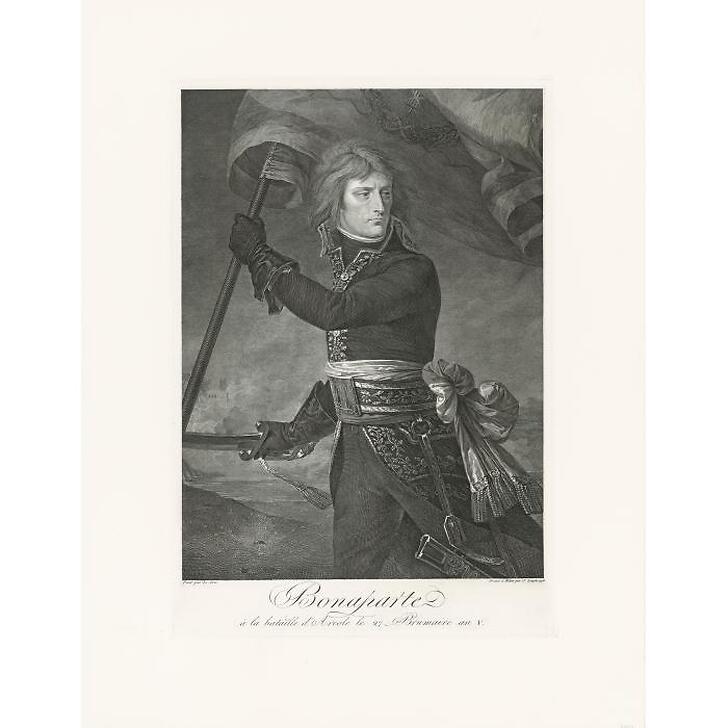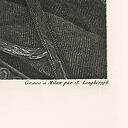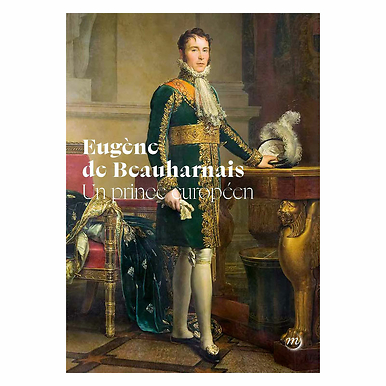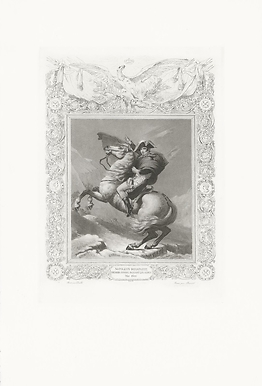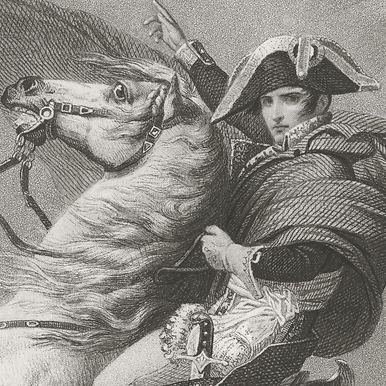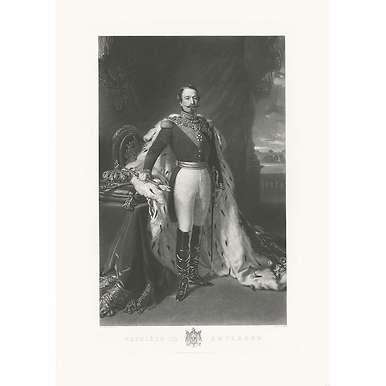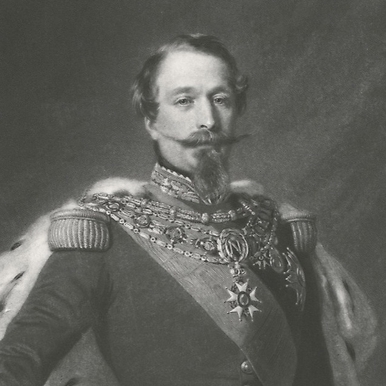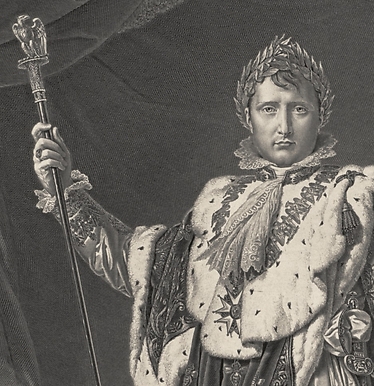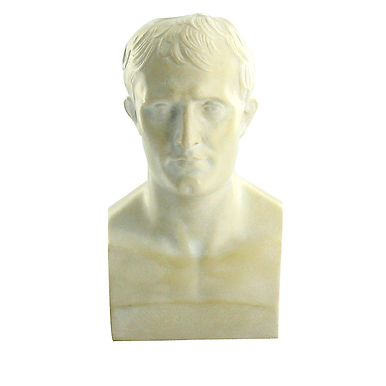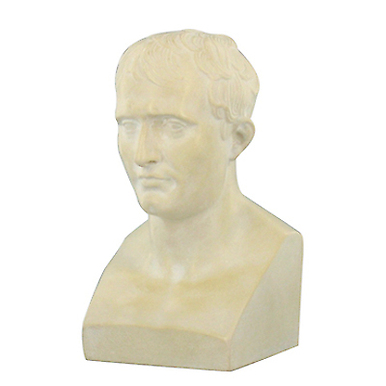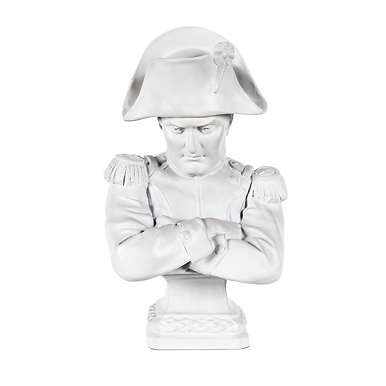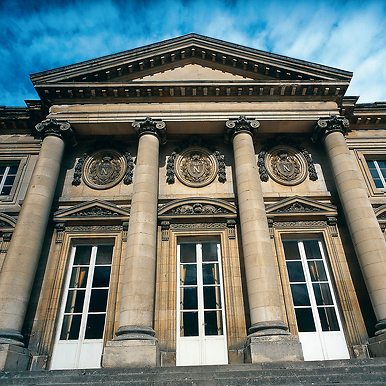Engraving Bonaparte at Arcole - Antoine-Jean Gros
KM002110
Modern proof printed from a copy of the original plate of the Chalcographie du Louvre.
The battle of Arcole (November 15-17, 1796) was one of the key events of the first Italian campaign and the beginning of a dazzling career for Bonaparte. At the beginning of the confrontation, Bonaparte seized a...
Read more
Modern proof printed from a copy of the original plate of the Chalcographie du Louvre.
The battle of Arcole (November 15-17, 1796) was one of the key events of the first Italian campaign and the beginning of a dazzling career for Bonaparte. At the beginning of the confrontation, Bonaparte seized a flag and tried to cross the bridge that separated the two armies, but his attempt failed because of Austrian fire. The victory was not achieved until two days later.
It was in Milan that Bonaparte commissioned this painting from Baron Gros, a pupil of David, to be used for the propaganda he had been implementing since the beginning of the operations. The epic representation shows the determination of the warlord and his calmness in the face of machine gun fire. This episode of Arcole will henceforth be one of the greatest myths of the Napoleonic legend.
Giuseppe Longhi is one of the masters of Italian engraving. He was appointed professor of engraving at the Academy of Brera and Longhi was the teacher of the best Italian engravers of the early nineteenth century. Napoleon commissioned him to engrave his portrait after Gros. He became the official engraver of Napoleon and the fall of Napoleon temporarily stopped his production.
Antoine-Jean Gros was born in Paris in 1771. His parents were miniaturists. He entered David's workshop at the age of 15 (end of 1785) and was admitted to the school of the Academy of Painting two years later. Fearing the political events he obtained a passport for Italy thanks to David in 1793.
He visited the south of France, Genoa, Florence, then settled in Genoa where in 1796 he met Josephine, who introduced him to Bonaparte. In 1799, he had to leave Milan, he took refuge in Genoa, then returned to France via Marseille.
In Italy he studied Rubens and the colorists of the 16th century. Then Bonaparte commissioned him to paint the plague victims of Jaffa, which was triumphantly received at the Salon of 1804. The public considered him the greatest colorist of the French school. Mainly a commissioned painter, history painter, official portraitist, his drawings and paintings, with their energetic lines, colors and movements, reveal a romantic temperament. The Battle of Eylau, at the Salon of 1806, The Field of Mars at Eylau, at the Salon of 1808, The Taking of Madrid and the Battle of the Pyramids, at the Salon of 1810...
In 1814, he was the official portraitist of Louis XVIII. In 1815, he entered the Academy of Fine Arts and in 1816, he was appointed professor, replacing David. He was named Baron by Charles X, just as his decline began. He multiplied his criticisms against the new school, he clashed with the influence of Ingres on the École des Beaux-Arts. After 1831, the artist's discouragement increased (Hercules and Diomedes, poorly received at the Salon of 1835). He committed suicide by drowning in the Seine in 1835.
Close
Login to see prices
Sold by GrandPalaisRmn

